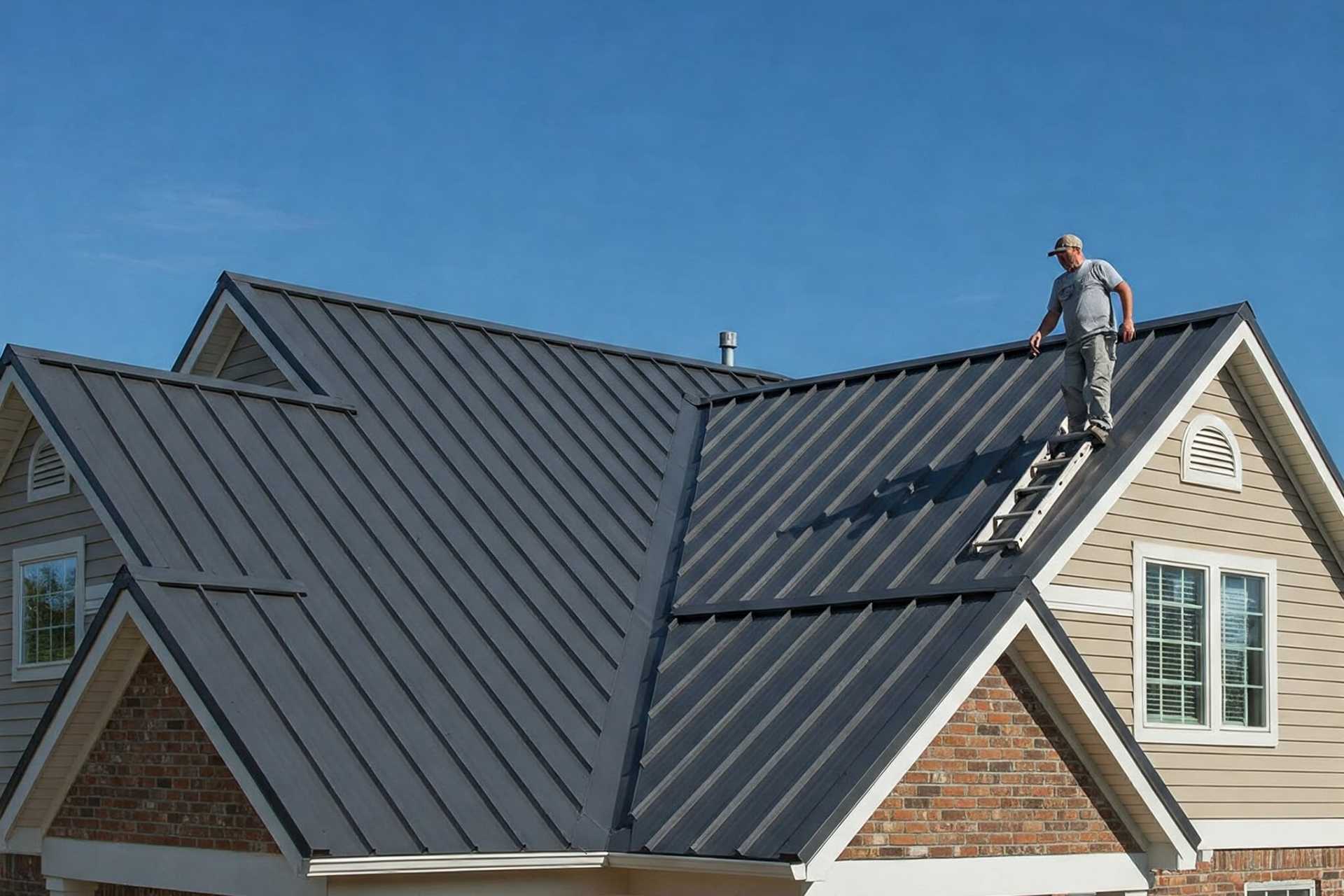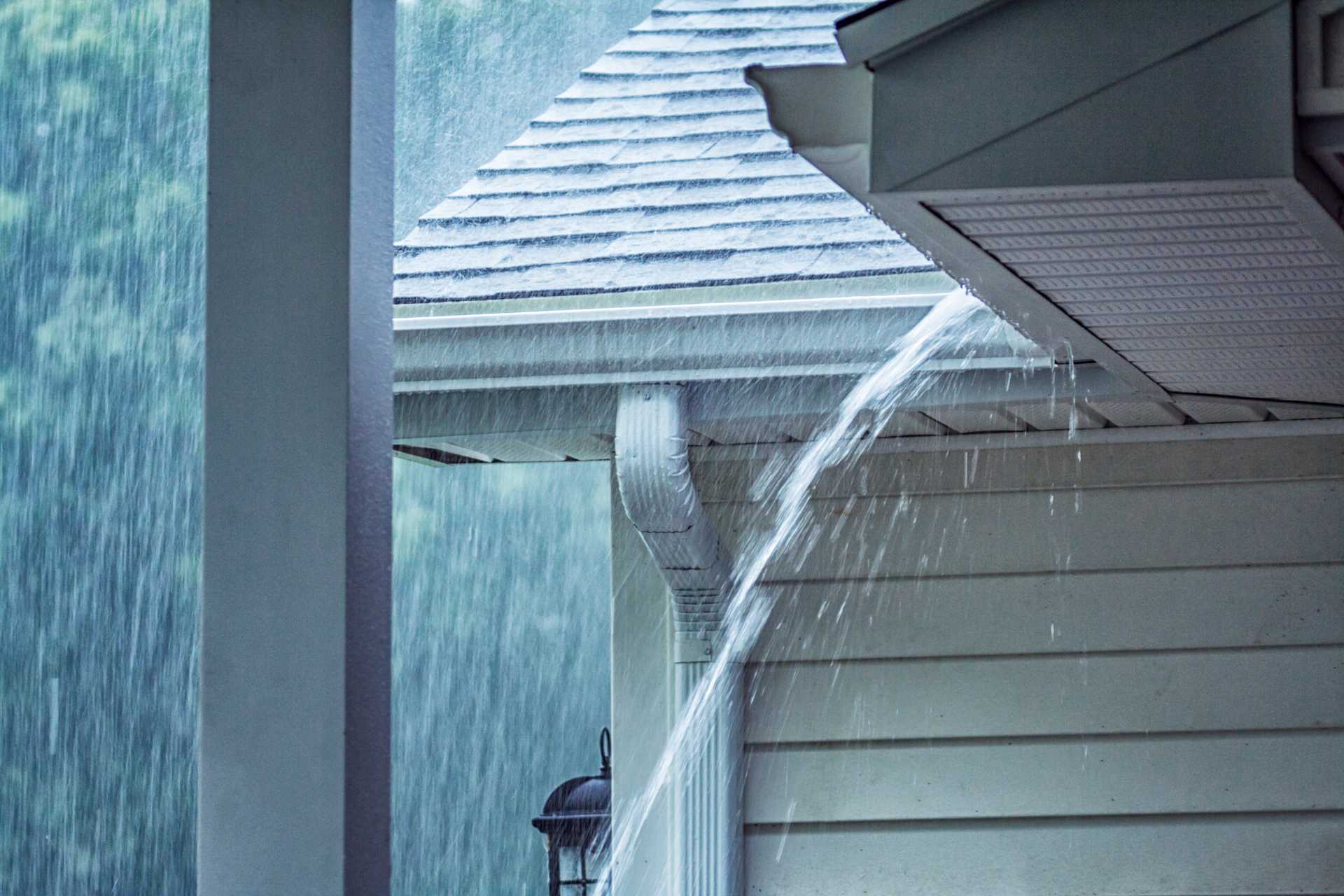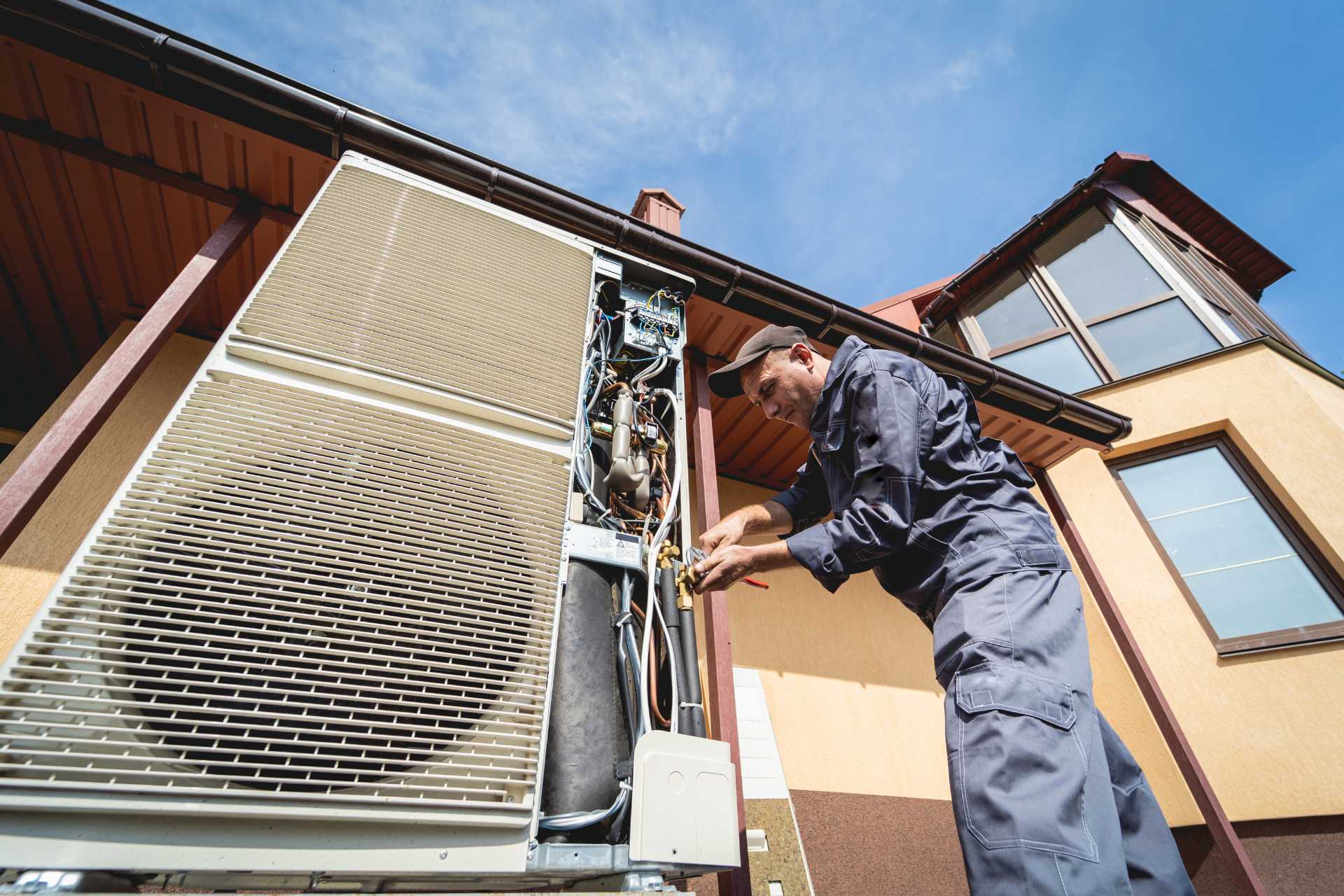When most people picture a roof, they think of shingles, tiles, or metal panels. But beneath the visible exterior lies a layer that often goes unnoticed—yet plays one of the most critical roles in protecting a home. Roof underlayments, including ice-and-water shields, vapour barriers, and synthetic sheeting, act as an essential line of defence against water infiltration and structural damage. Overlooking this component can result in costly repairs and long-term complications. Whether replacing an old roof or building from scratch, working with a trusted roofing company ensures this vital layer is installed correctly and suited for Canadian weather conditions.
Professional roofers understand that the most beautiful roof means little if what’s underneath can’t hold up under pressure. The layers of a roof work together like a system, not just a surface. Underlayments are especially crucial because they safeguard the vulnerable spaces between the deck and the outermost layer. They add redundancy to the water barrier and act as a buffer when shingles are compromised—during high winds, ice storms, or heavy rains. For homeowners, this hidden layer is the unsung hero that keeps interiors dry and roofs strong.
- What Are Roof Underlayments and Why Are They Used?
- How Roof Underlayments Help Prevent Long-Term Roofing Issues
- The Role of Roof Underlayments in Canadian Weather Protection
- Inspections and Maintenance: Don’t Forget What Lies Beneath
- Roof Underlayments as Part of a Stronger Roofing System
- How a Roofing Company Adds Value Through Smart Installation
- It’s What’s Underneath That Counts
What Are Roof Underlayments and Why Are They Used?
Roof underlayments are thin, water-resistant or waterproof sheets that are laid between the roof deck and the exterior roofing material. Their job is to prevent moisture from entering the structure if the outer layer fails. This can happen due to cracked shingles, wind damage, or ice damming. There are three main types: asphalt-saturated felt, synthetic underlayments, and rubberized asphalt (such as ice-and-water barriers). Each offers a different level of protection, breathability, and performance under extreme temperatures.
In Canadian climates, especially those prone to heavy snowfall or sudden weather shifts, underlayments are not just beneficial—they’re essential. They provide additional protection where water is likely to collect and freeze, such as valleys, eaves, and low-pitch areas. Modern materials are engineered for durability and flexibility, adapting to roof movements and reducing the risk of common roofing issues like rot, mould, or warped decking.
How Roof Underlayments Help Prevent Long-Term Roofing Issues
Leaks and water stains may appear months or years after the original damage occurs. Often, these problems start beneath the shingles—out of sight and unattended. When underlayments are improperly installed or deteriorate with age, the structure beneath becomes exposed to moisture. This leads to more than surface-level problems; it can compromise the entire roofing system, insulation, and even the framing of the house.
A quality underlayment acts as a moisture barrier while also protecting against secondary issues like condensation buildup or thermal expansion. When paired with other components such as flashing and ridge vents, underlayments contribute to a healthier, longer-lasting roof. Many roof maintenance programs focus on the visible elements, but smart homeowners ensure the hidden layers get equal attention. Regular checkups by roofing professionals are key to catching early signs of deterioration.
The Role of Roof Underlayments in Canadian Weather Protection
Canadian weather doesn’t hold back. Whether it’s freeze-thaw cycles, high winds, or hailstorms, roofing systems must be ready to handle it all. Roof underlayments are specifically designed to offer backup protection during these extreme conditions. Ice-and-water shields, in particular, are commonly installed around eaves, valleys, and chimneys—areas where ice dams are most likely to form. These shields prevent water from backing up under the shingles and penetrating the roof deck.
Without this added defence, water from melting snow can seep into vulnerable seams, freeze again, and create pressure points that lift and crack the roof’s outer surface. This damage often leads to interior leaks and insulation failure. By incorporating robust underlayments during installation or replacement, a roofing company ensures homeowners are protected from seasonal threats. It’s one of the smartest preventative measures available for homes across Ontario and beyond.
Inspections and Maintenance: Don’t Forget What Lies Beneath
Most homeowners rarely consider what’s underneath their shingles unless there’s a leak. Yet, neglecting the underlayment can be just as risky as ignoring a broken gutter or a missing shingle. This is why periodic evaluations are so important. A professional roof inspector will assess the integrity of all roof layers—not just what’s visible—and provide a report on early signs of wear or damage that may be developing out of sight.
Incorporating underlayment checks into an overall inspection routine can reduce emergency repairs and extend the life of the entire system. Inspections following windstorms, deep freezes, or heatwaves are especially useful. In many cases, underlayments will outlast the outer material and require little attention—but when issues arise, early detection is everything.
Roof Underlayments as Part of a Stronger Roofing System
A roof isn’t one component—it’s a system. That system only functions properly when all parts are working together. Underlayments help bridge the gap between the wood structure of the roof and its protective exterior. They shield against moisture, provide thermal regulation, and allow proper vapour release in ventilated systems. Alongside eavestroughs, flashing, soffits, and ridge caps, they help prevent the type of small vulnerabilities that turn into major structural failures.
In fact, effective underlayment design is one of the key principles behind extreme weather preparation. For homeowners in regions with unpredictable conditions, asking a contractor about underlayment quality, brand, and coverage area can mean the difference between a durable roof and a costly mistake. A reliable roofing company should always ensure the right material is chosen for the right slope, exposure, and climate.
How a Roofing Company Adds Value Through Smart Installation
Even the best underlayment won’t perform if improperly installed. Wrinkles, overlaps, and gaps can all defeat its purpose. That’s why hiring an experienced roofing company makes all the difference. Professional installers understand how to seal seams, layer materials, and align underlayments with flashing and vent systems for complete coverage. This attention to detail not only improves immediate performance but also enhances warranty eligibility on the entire roofing system.
Quality underlayment work is not always visible, but its effects are felt in long-term savings, fewer emergency repairs, and peace of mind during every storm. Choosing a contractor that emphasizes full-system integrity, rather than focusing only on shingle count or colour, sets the foundation for roofing that lasts decades.
It’s What’s Underneath That Counts
While most homeowners focus on shingle style or colour, the real strength of a roof lies beneath the surface. Roof underlayments are the quiet protectors of the home, shielding against moisture, wind, and temperature swings. When installed properly and inspected regularly, they reduce the likelihood of major issues and improve the overall performance of the roof. Investing in the right materials and trusting a qualified roofing company can make all the difference in roof longevity and home comfort. So next time a roofing project is on the horizon, remember—what’s underneath counts just as much as what’s on top.







